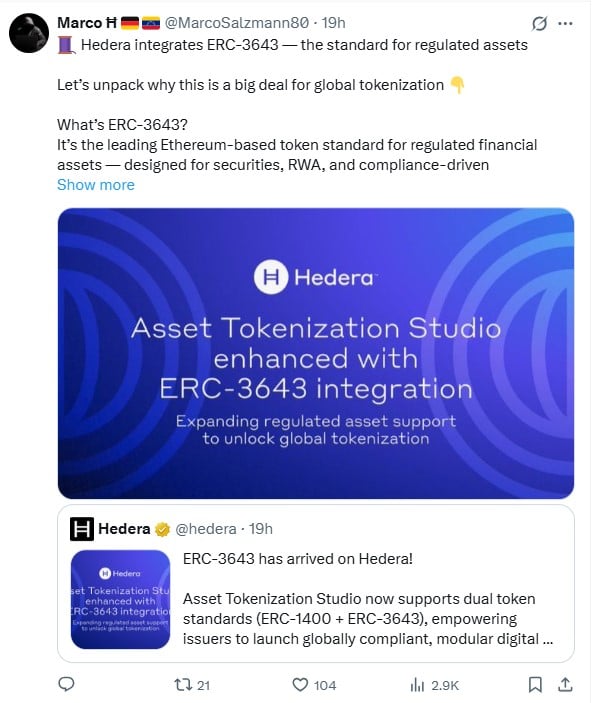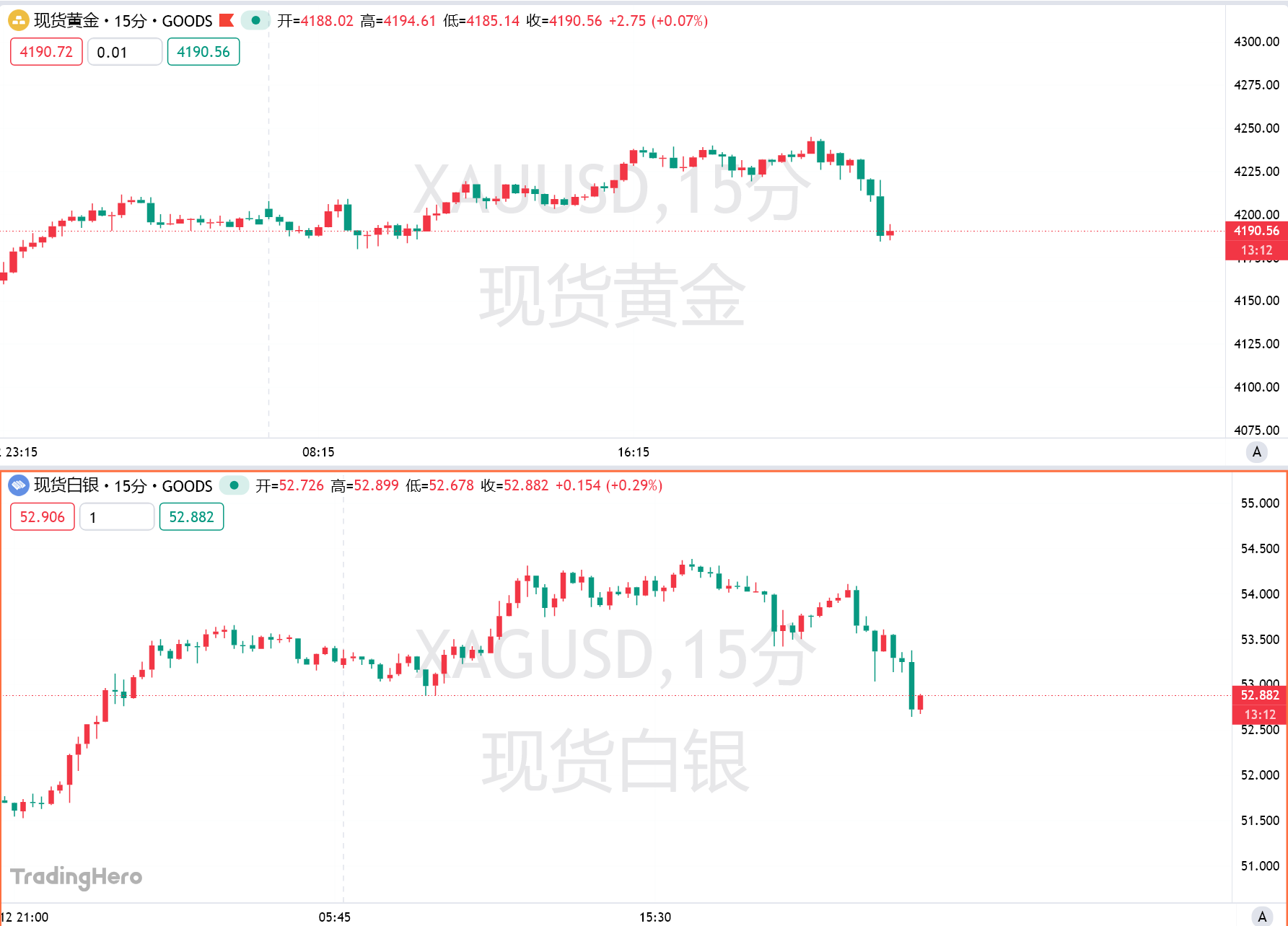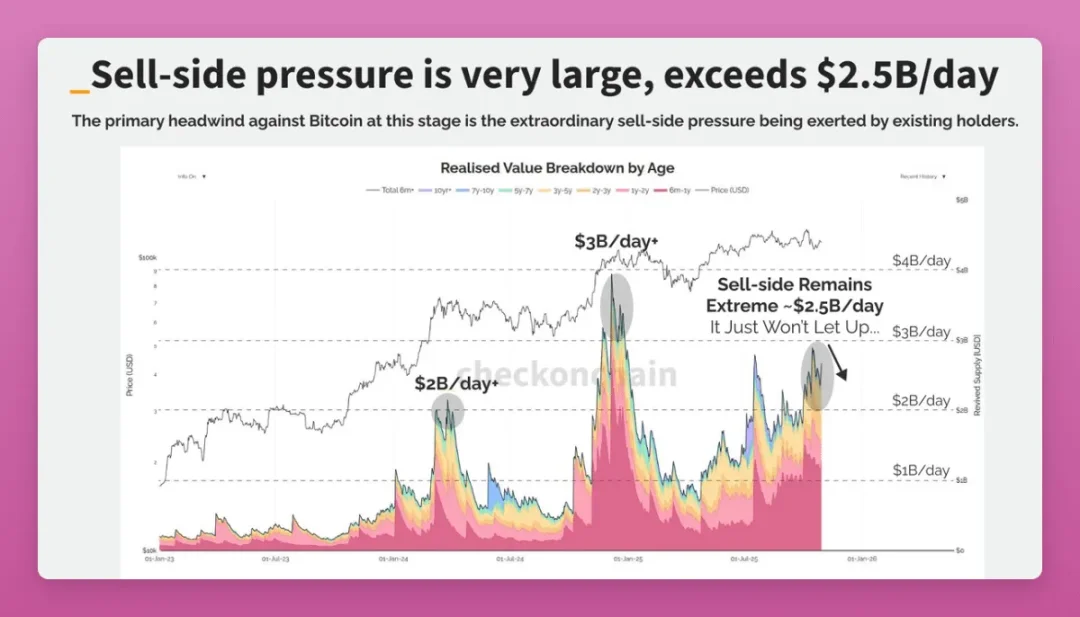- Hedera introduces ERC-3643 into its Asset Tokenization Studio to expand RWAs while staying interoperable with Ethereum.
- Blockchains like Stellar and Chainlink recognize that ERC-3643 will help improve their relevance.
Hedera Hashgraph (HBAR) announced it has integrated ERC-3643 into its platform, expanding opportunities for globally compliant, cross-border asset issuance.
This announcement marks a major milestone in real-world asset (RWA) tokenization , bridging Hedera’s enterprise blockchain with Ethereum’s compliance tooling.
Hedera Welcomes ERC-3643
Crypto analyst Marco Salzmann spotlighted the Hedera-ERC-3643 integration in an X post. Hedera integrated the token standard amid rising demand for compliant, flexible tokenization solutions.
Hedera recognizes that it requires adaptable frameworks that meet regulatory standards across global jurisdictions to meet this demand.
Thus, the integration of ERC-3643 will allow Hedera to introduce on-chain identity at the contract level and a modular architecture. The goal is to improve flexibility, interoperability, and global compliance in tokenization.
 Hedera ERC-3643 Integration | Source: Marco Salzmann
Hedera ERC-3643 Integration | Source: Marco Salzmann
ERC-3643 is a token standard on the Ethereum blockchain, specifically designed for regulated assets. Think stocks, bonds, real estate, or private equity that must comply with regulations.
ERC-3643 supports secure, cross-border asset issuance and simplifies international market access by linking verified identities directly to token ownership.
The token standard has a modular design that allows issuers to adjust tokens to meet different regulatory and market needs. This standard aligns with Hedera’s existing ERC-1400 implementation, widely used by US-based issuers. ERC-1400 also extends those capabilities to global, cross-border use cases.
With ERC-3643, smart contracts can pause transfers if regulators flag issues. Also, there is no need for off-chain middleware as compliance is native to the token.
Hedera specifically integrated ERC-3643 into the Asset Tokenization Studio, an open-source, end-to-end toolkit. This platform is designed for the configuration, issuance, and management of tokenized bonds and equities.
Crucially, Asset Tokenization Studio allows issuers to manage the full asset lifecycle on-chain, removing offline dependencies and reducing operational risk.
In summary, the integration of ERC-3643 into the Hedera Asset Tokenization Studio is a strong step forward for the interoperable tokenization era. Banks and asset managers can launch compliant RWAs in minutes on Hedera.
Additionally, the integration permits institutions to use one standard across the Hedera and Ethereum ecosystems.
Blockchain Networks Moving to ERC-3643 Standards
It is important to note that the Hedera Foundation officially joined the ERC-3643 Association in March. As indicated in our earlier discussion, Hedera aims to demonstrate its commitment to expanding applications of RWA tokenization.
Hedera stays aligned with evolving industry practices by supporting both the ERC-3643 and ERC-1400 standards.
Besides Hedera, other top blockchains, including Stellar and Chainlink, have also welcomed ERC-3643 into their platforms.
As previously mentioned in our report, Stellar integrated with ERC-3643 in August. The Stellar Development Foundation said it aims to promote standardized frameworks for compliant tokenization, which could benefit the Pi Network.
Furthermore, the Ethereum Foundation recently endorsed Chainlink’s ACE as a top privacy and compliance solution for institutions building on Ethereum.
ACE uses the ERC-3643 token standard, and it includes identity checks and rule enforcement directly inside the token’s design. It allows organizations to stay transparent while following regulated systems.
Meanwhile, HBAR is currently priced at $0.1781, down 2.5% over the past 24 hours.
Recommended for you:
- Hedera (HBAR) Wallet Tutorial
- Check 24-hour HBAR Price
- More Hedera (HBAR) News
- What is Hedera?




